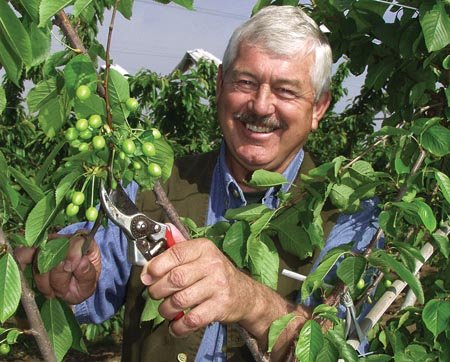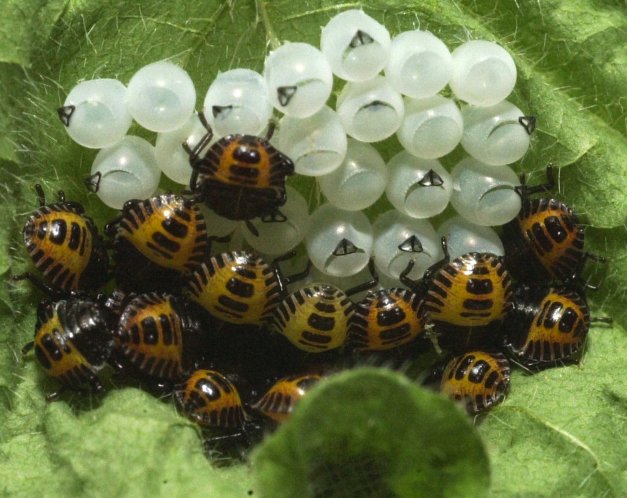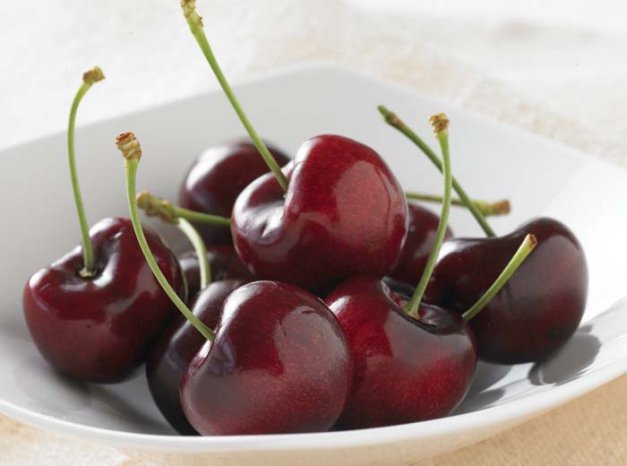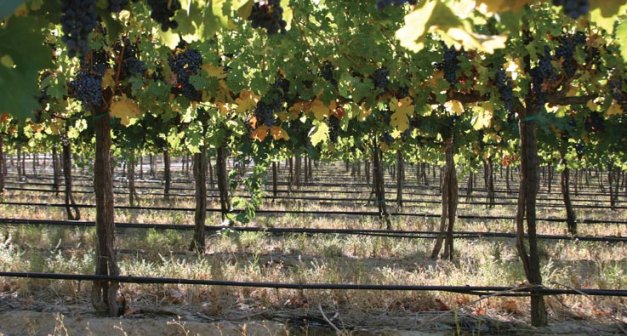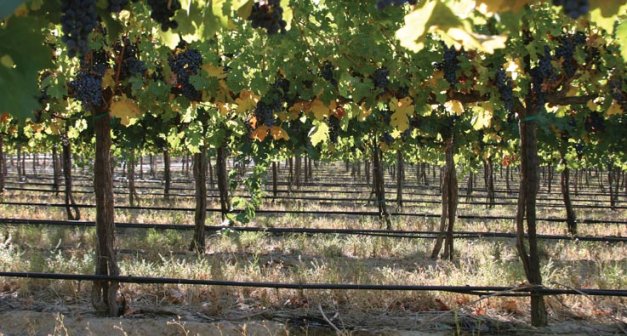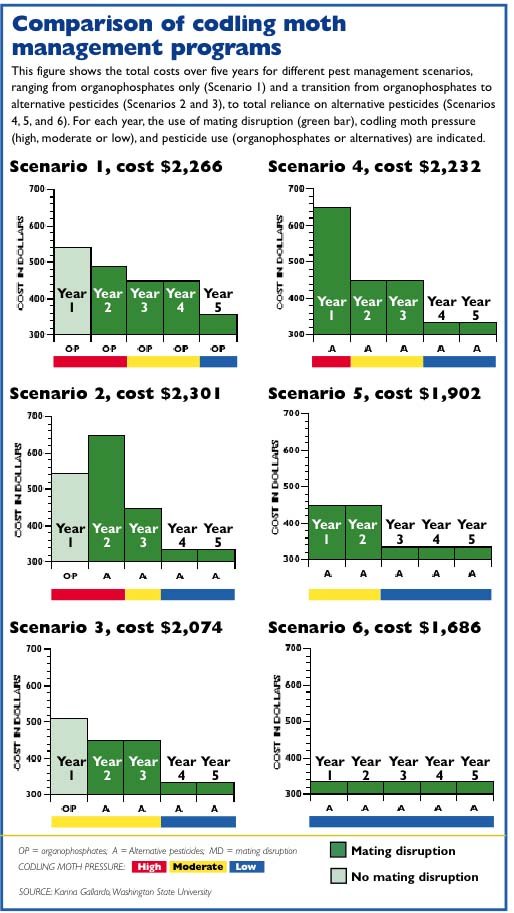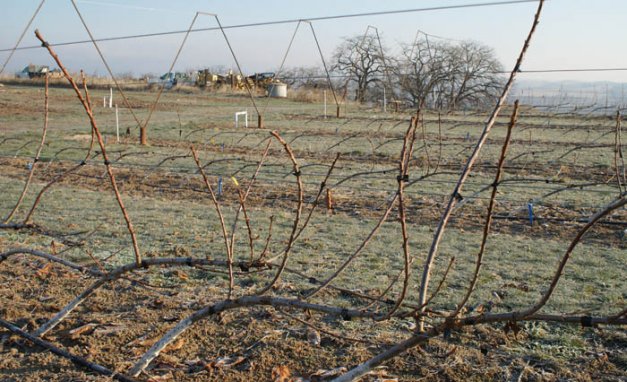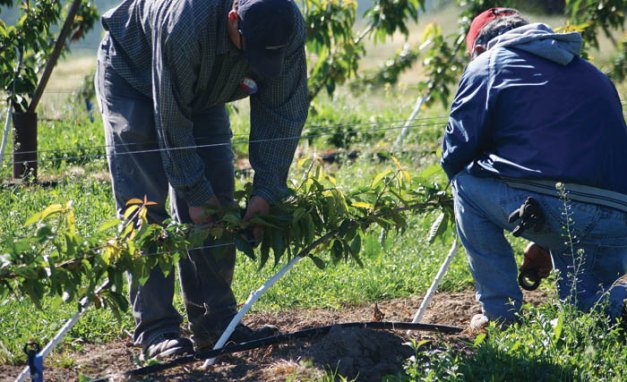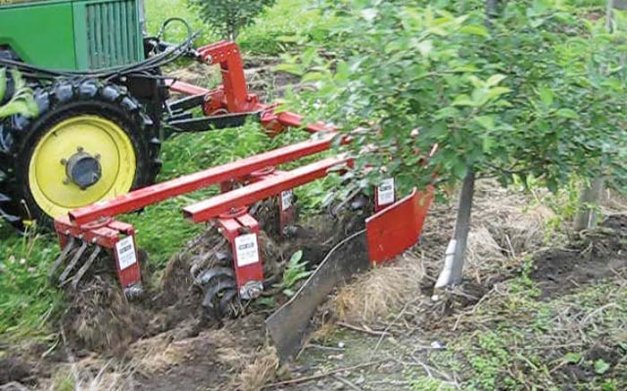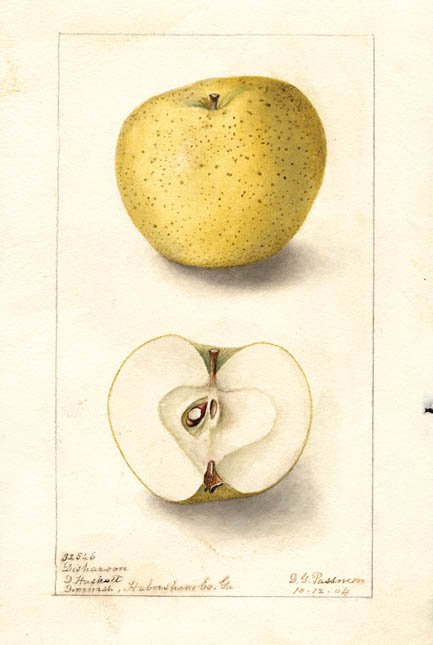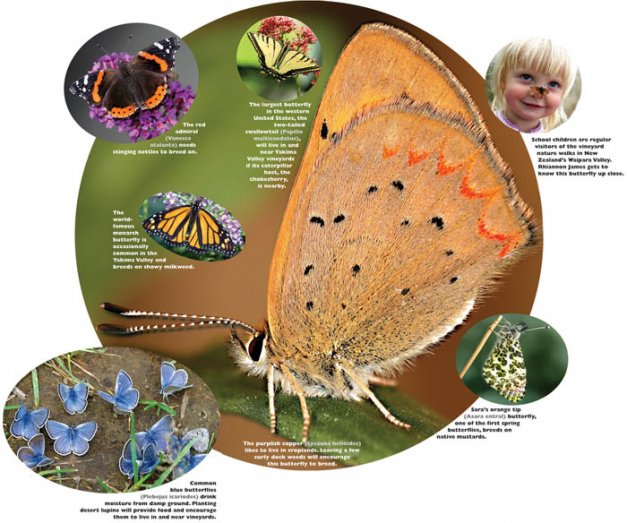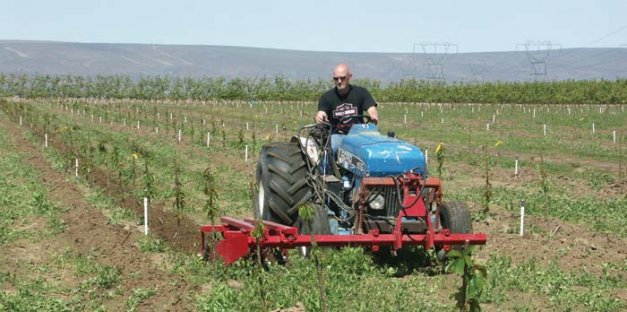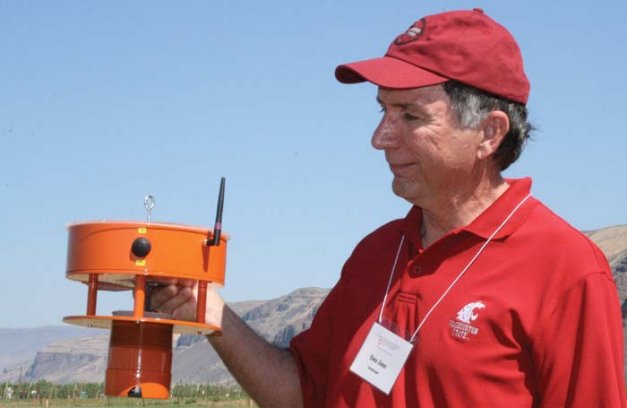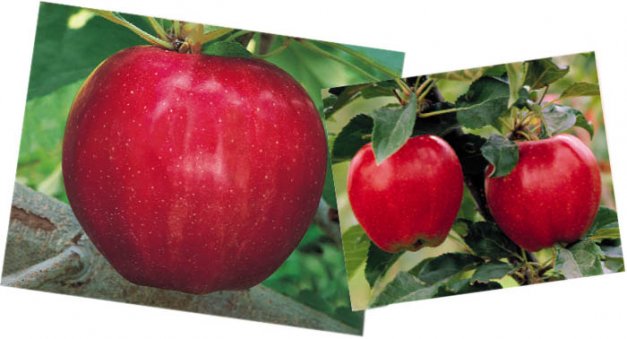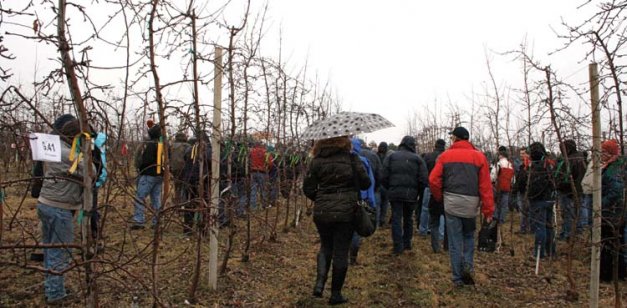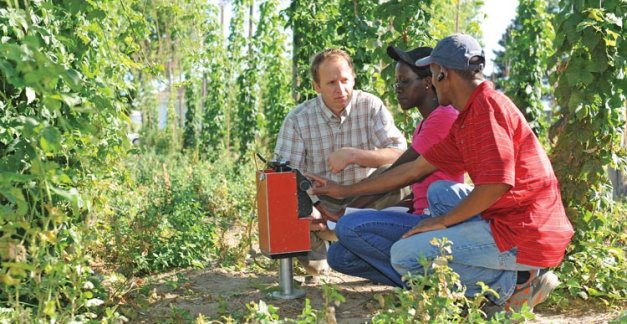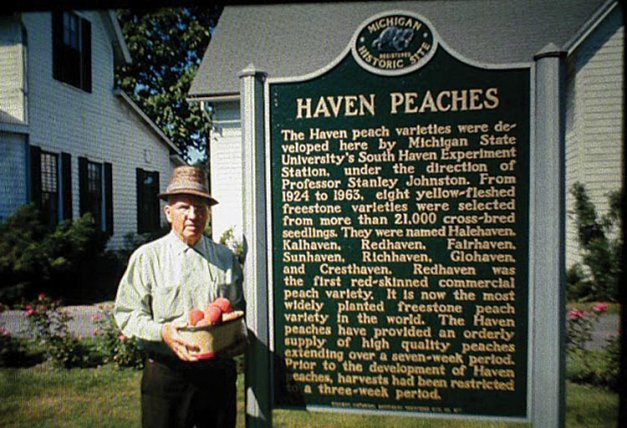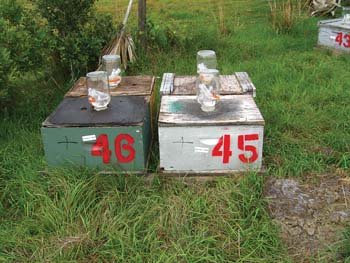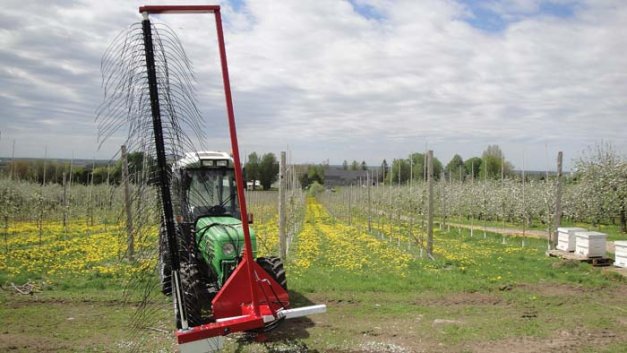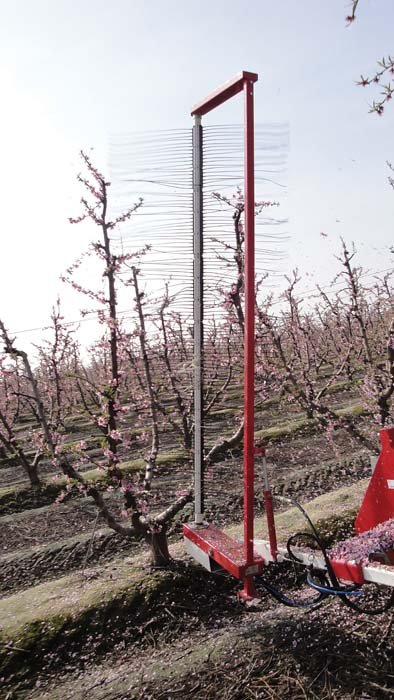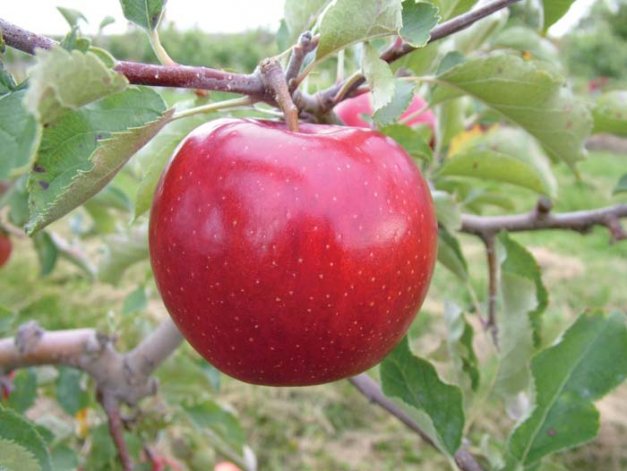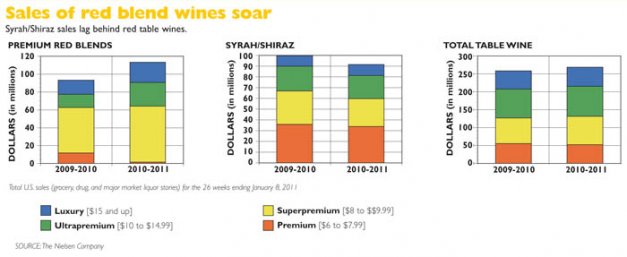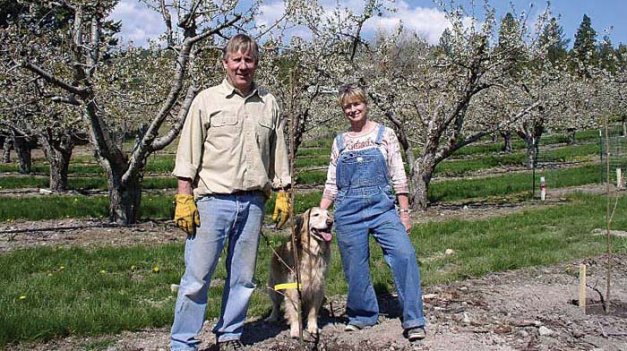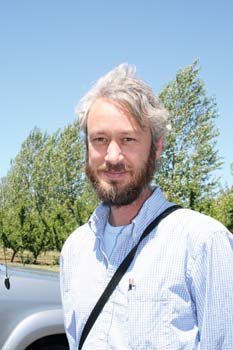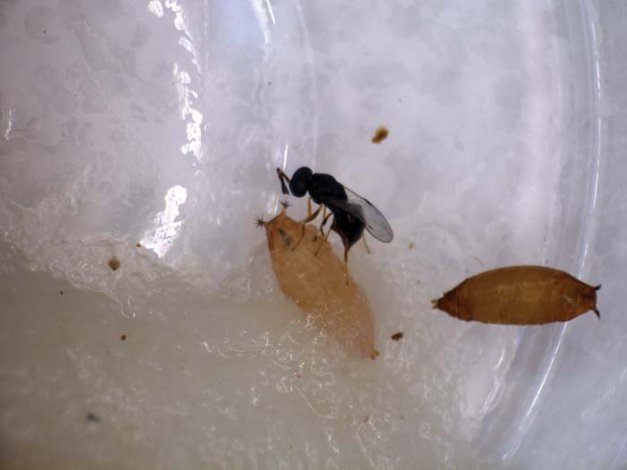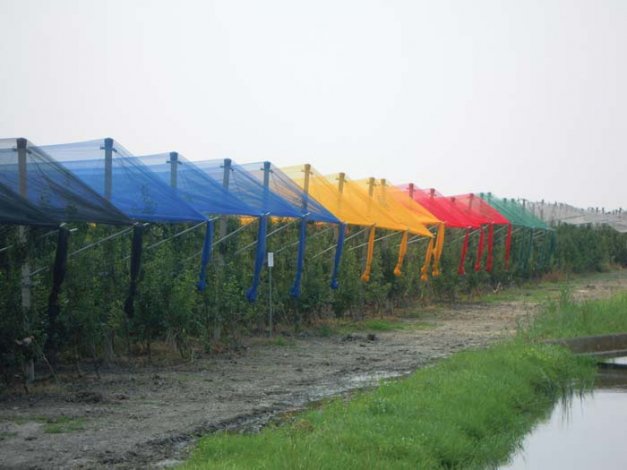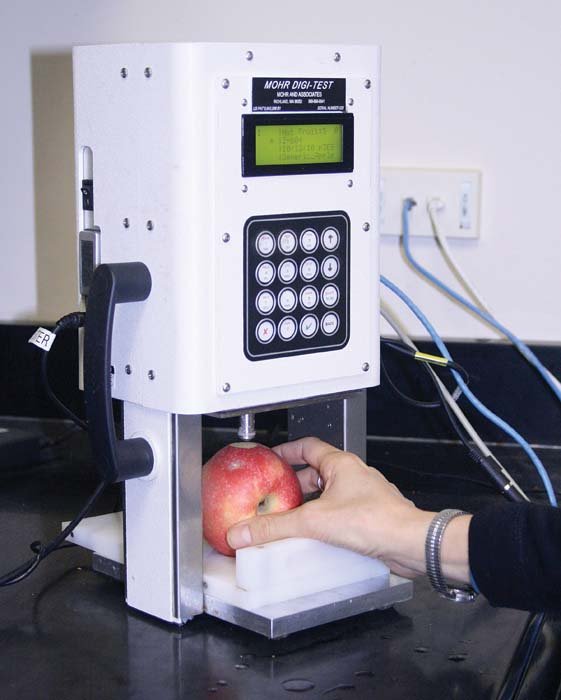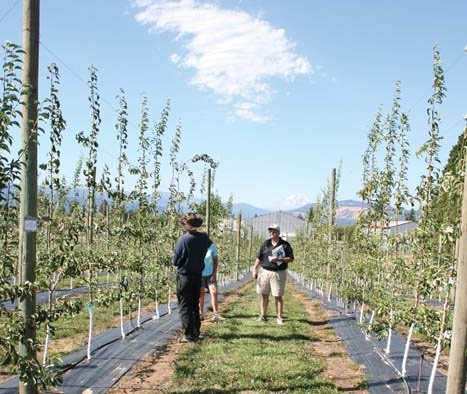ADVERTISEMENT
Breeding cherries for hot climates
Bob Andersen retired as Cornell’s stone fruit breeder in 2004, when this picture was taken,
Stinkbug spreads in Pacific Northwest
Wasps that parasitize brown marmorated stinkbug eggs are being screened in quarantine. Bugwood Apple growers
The functional side of cherries
Sweet cherry promoters would like to be able to say “a bowl of cherries a
Growing grapes with less water
Data on deficit irrigation treatments on juice and wine grapes will be collected by WSU's
Vineyard water research details
The sustainable vineyard water management research project, directed by Dr. James Ayars, involves a team
IPM in peril
For nearly 40 years, integrated pest management has been the hallmark of progressive thinking in
Who’s making the decisions?
A thousand pear growers in Washington and Oregon received a survey this spring asking about
Counting the benefits of biocontrol
A more expensive pesticide might be more economical if it lets natural enemies do their work.
What growers have learned
Bull suckers are already becoming obvious in this block of cherries on the Upright Fruiting
Growers gain UFO experience
Workers at Orchard View Farms tie cherry trees to the wire for training to the
Prepare for future technology
Orchard structure will be a critical factor in the success of the tree fruit industry
Fruit processor harnesses solar power
This 19-acre solar power system at Knouse Foods will generate 4 million kilowatt-hours of electricity
Effective, economical weed control
The Wonder Weeder and similar tools deliver orchard weed control at less cost than chemical
Honeycrisp challenges club concept
The name Ambrosia reflects the aromatic flavor of the apple. Courtesy Sally & Wilfrid Mennell
Old Southern apples star in book
Disharoon, an old, north Georgia apple thought to have been cultivated by native Americans, came
Last Bite – A pear, by any other name
Left: D’Anjou grows well in the Pacific Northwest’s dry climate. Right: This photo was taken
Beauty with benefits
David James Restoring native sagebrush steppe habitat in and near vineyards and wineries in central
Measuring the organic footprint
Tilling the soil releases carbon into the atmosphere, but does the compost that organic growers
Cutting costs of IPM
Vince Jones at Washington State University is testing the new Z-Trap, which zaps insects and
How big is the orchard footprint?
The galvanized wire used for trellises might contribute significantly to the environmental footprint of an
Newer herbicides join the arsenal
Among the newer herbicides that fruit growers should look at are Treevix, Alion, Matrix, Spartan,
Last Bite: Gala breeder put flavor first
Gale Gala is a sport of Royal Gala discovered by Wally Gale in Wenatchee, Washington,
Wide scope for rootstock research
International Fruit Tree Association members tour a research plot at Wapato, Washington, where a wide
Growers vote on special assessment
Washington State tree fruit growers will be asked to pay a special research assessment to
Root2Fruit group will request research funding
A group of scientists from around the country aims to develop new tree fruit rootstocks
Who’s eating codling moth?
This article is part of a series on the multistate project “Enhancing Biological Control in
Growth regulator for nurseries
A growth regulator called Tiberon (cyclanalide) is available to stimulate branching of fruit trees, but
Using soil moisture sensors
Troy Peters, left, explains the functions of a neutron probe to Washington State University students
Last Bite
In 1966, Michigan placed this historical marker at the South Haven Experiment Station commemorating Stanley
Irrigating apples in the Northeast
Sap flow gauges were used to measure the flow of water through the trunk of
ARM studied in cherries
In the cherry orchards of northwest Michigan around Traverse City, growers use a mixture of
New treatment against CCD
Remebee is easily administered—mixed into heavy bee syrup and fed in one feeding of one
Evolution of the Darwin
While the researchers have pronounced the Darwin string thinner “good to go,” it’s not considered
Mechanical thinner ready
Darwin used on perpendicular vee peach orchard in California (Family Tree Farms). Researchers who studied
Watch out for the good guys
Researchers have been testing different types and colors of traps for monitoring beneficial insects. This
Washington needs to own the Syrah variety
The salvation to lagging wine sales of Syrah may be in Washington State owning the
Be patient with Syrah
The lack of consumer interest in Syrah wines is of keen interest to Washington’s wine
Where to find unusual apples
The New York State Experiment Station in Geneva includes a USDA-ARS Plant Genetic Resources Unit,
Unusual apples are researcher’s passion
On an ordinary weekday, Dr. Ian Merwin is a Cornell University teacher and researcher who
Last Bite
Jonagold combines the Jonathan red color splashed over a Golden Delicious background, but some strains
Washington Syrah: Rising or falling star?
Syrah was to be one of the stars in Washington State’s wine lineup. But something
Montana growers pin hopes on new varieties
Louise Swanberg, pictured with Tom Colyer, says it’s hard to make money with the existing
Optimizing cherry harvest timing
Horticulturist Todd Einhorn says leaving cherries on the tree longer can result in higher sugar
When is the best time to pick?
Cherry researchers used this cherry color chart in the harvest timing project. (Courtesy of
Drosophila parasitoid found
A female wasp attacks a spotted wing drosophila pupa PhotoS COURTESY OF PETER SHEARER AND
Understanding cherry fruit set
Researchers, with the help of electron scanning microscopes, can view cherry reproductive organs, like this
Italians study light & shading
Dr. Luca Corelli is studying a rainbow of hail net colors to see if fruit
Pollination role of native bees studied
The price tag for renting honeybees for apple pollination, just $35 per hive a few
Good Stuff
The Digi-Test is a new instrument for assessing the internal quality of apples. It probes
Play to win
Oregon State University agricultural economist Clark Seavert, pictured in a high-density pear trial block

